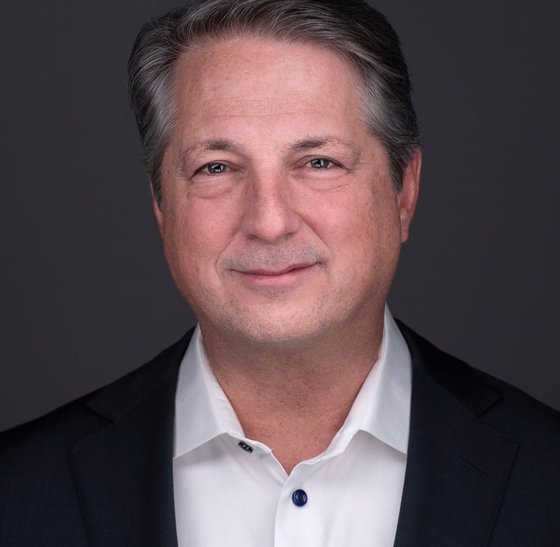Published in London & New York
10 Queen Street Place, London
1345 Avenue of the Americas, New York
Creditflux is an
company
© Creditflux Ltd 2025. All rights reserved. Available by subscription only.


News
Managers launch diversified private credit interval funds in bid to woo wealthy investors
by Lisa Fu
The largest private credit managers are packaging a range of private credit strategies into a new type of fund in a fresh attempt to tap the growing numbers of wealthy US investors.
Blackstone announced its intention to launch a multi-strategy private credit fund last month, and Blue Owl filed to launch a similar product the same week. Meanwhile, KKR and Capital Group are planning an interval fund that will include public credit, private corporate direct lending and private asset-based lending.
Private credit managers have already found success with non-traded business development companies (BDCs). But the interval fund structure removes many barriers associated with non-traded BDCs, which are designed to hold corporate, middle market direct lending investments within the US.
“We’re probably going to be in an era, at least for the next couple of years, where there will be a lot more of [these interval funds], not a lot less,” said Chris Wolfe, president and CIO of Pennington Partners, a multi-family office that works with ultra-high-net-worth investors.
With the search for yield ongoing, investors and fund managers are expanding into further corners of the market, Wolfe said. Interval funds can offer niche strategies and a broad range of private credit investments, such as private asset-backed credit.
In contrast, all BDCs are subject to the 70/30 test, where 70% of assets must be investments in US-based, private issuers, according to John Mahon, a partner at Proskauer. Investments in other countries or investments in securitised assets — whether CLOs or private asset-backed securities — are restricted to 30% of the portfolio.


Adding liquidity by using some sort of cash buffer is going to add a cost
Chris Wolfe
President and CIO
Pennington Partners
Interval funds can be purchased easily by even marginally wealthy individuals , Mahon added, whereas the subscription agreement associated with a non-traded BDC usually requires the investor to lean on their advisor to handle the paperwork.
This makes interval funds good for any channel where affluent individuals, rather than their advisors, are making the majority of investment decisions. It also means managers can reach investors directly, and advisors may be willing to put their investors in the product because of the lowered friction.
Interest in interval funds has risen as managers become more sophisticated and can manage the strict liquidity and valuation requirements associated with the product.
“Private credit managers and third-party valuation firms are getting better at creating inputs and objective, moving criteria that feed into creating a daily valuation,” Mahon said.
Unlike non-traded BDCs, which voluntarily repurchase shares to give investors periodic liquidity, interval funds are obligated to repurchase at least 5% of outstanding shares at set intervals. This can be a challenge for managers.
The creation of products doesn’t guarantee that high-net-worth clients will be quick to buy in. In particular, some investors may have issues with using an interval fund to mix different types of private credit.
Most wealth management CIOs want to decide their own best allocation and a blended fund can make that harder, unless the fund has the exact mix they are looking for, said Scott Roberts, a senior managing partner at Belvedere Direct Lending Advisors, who advises wealth management firms.
“I’m surprised at managers bringing blended funds,” he said. “I’ve not seen that requested.”
Clients on the high end of the wealth spectrum are also sensitive to fees and tax impact. “[If] the fund is adding liquidity by using some sort of cash buffer or credit line, [that] is going to add a cost,” Pennington’s Wolfe said. “Why are we adding extra cost for a client that is able to take liquidity risk?”
US high net worth investors represent an estimated USD 92trn in assets, according to a recent Natixis Investment Managers report.





